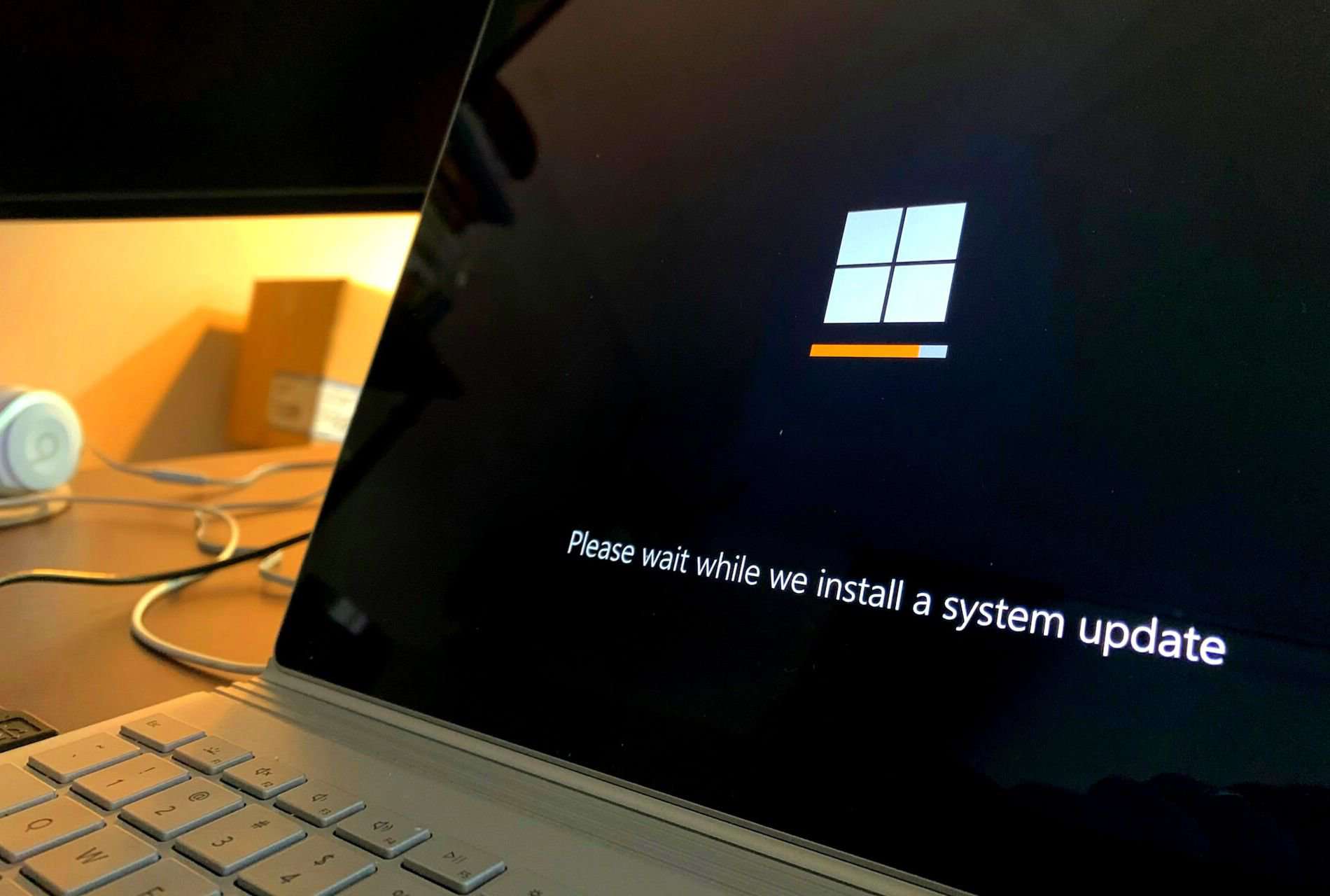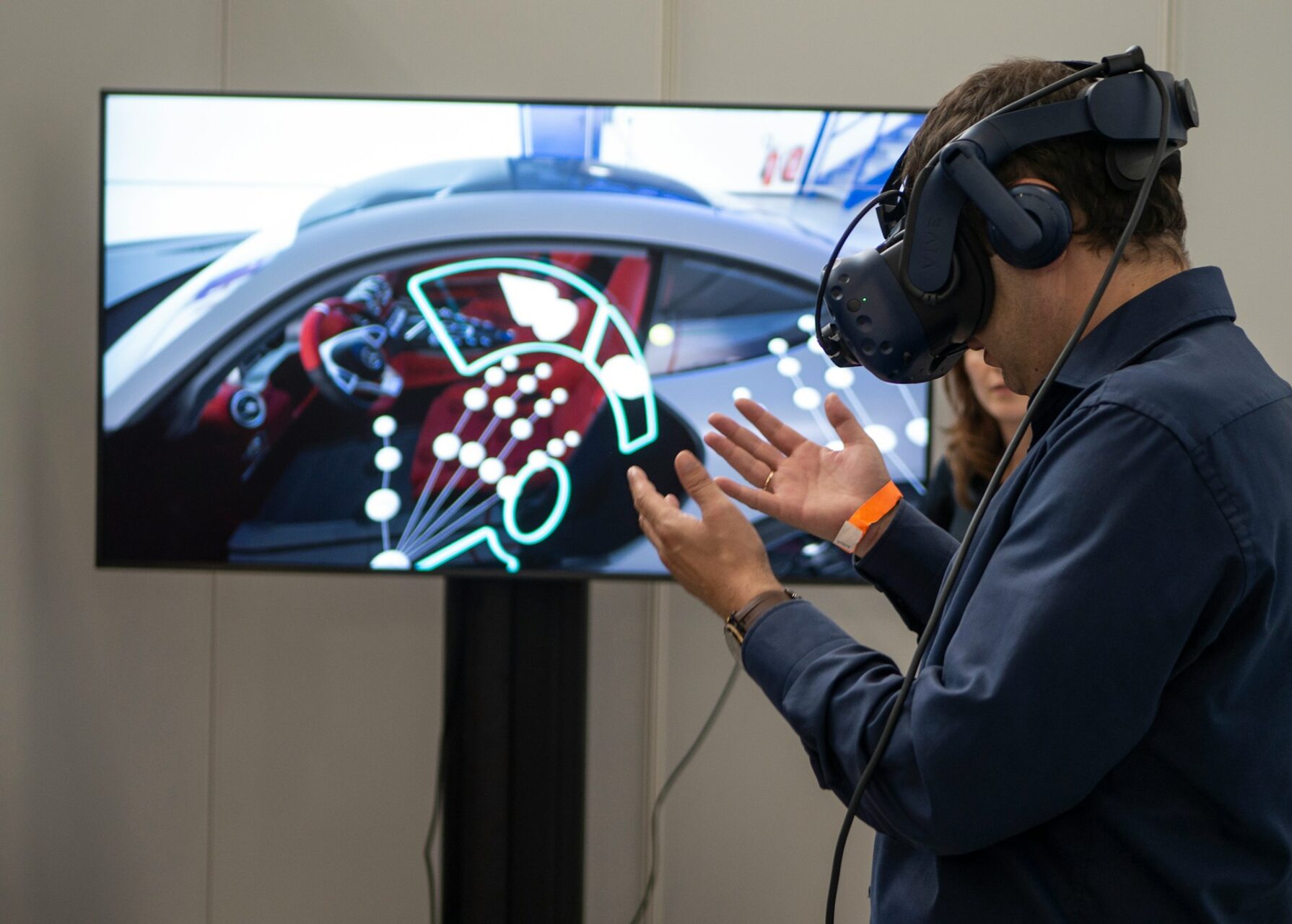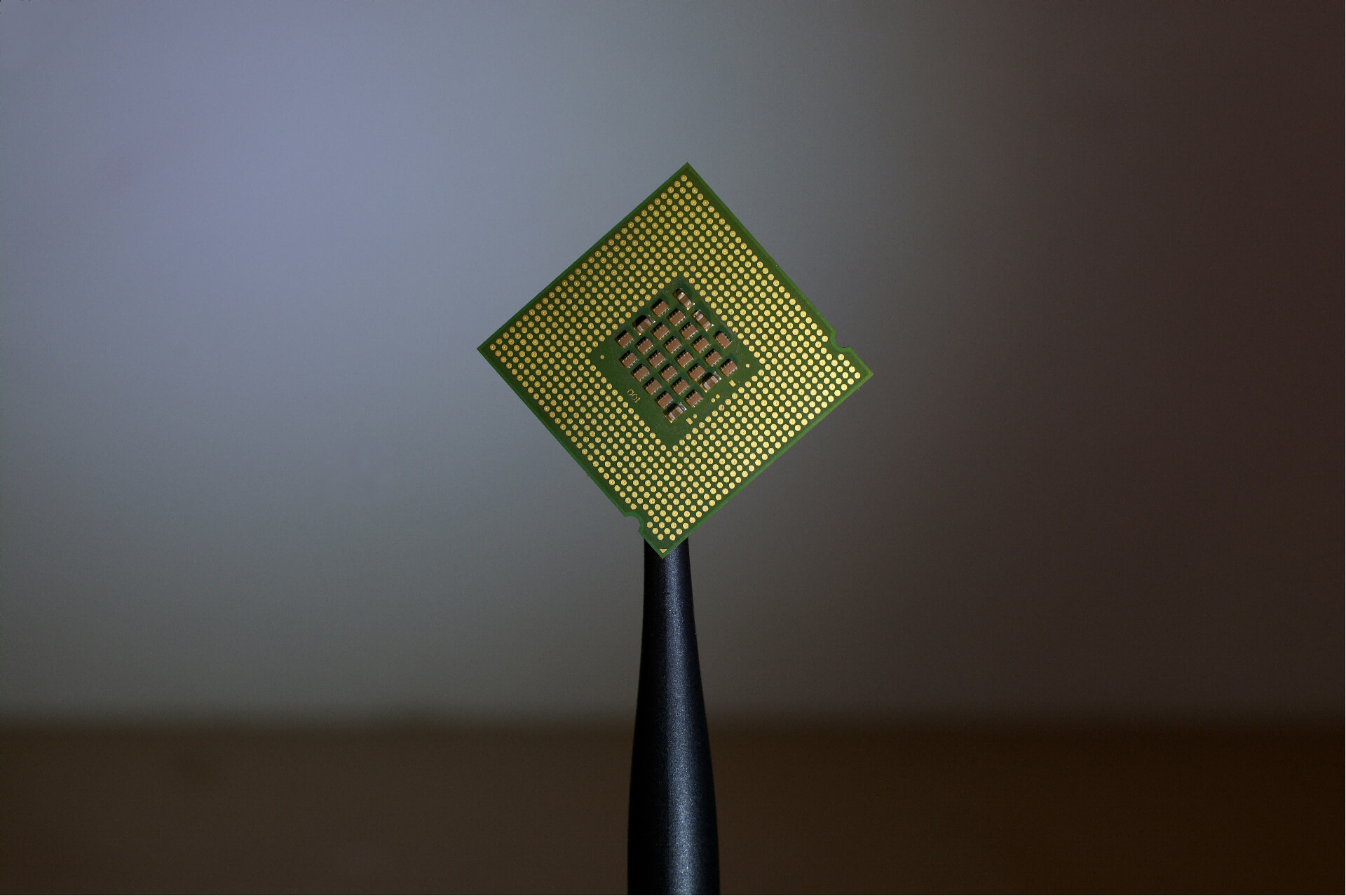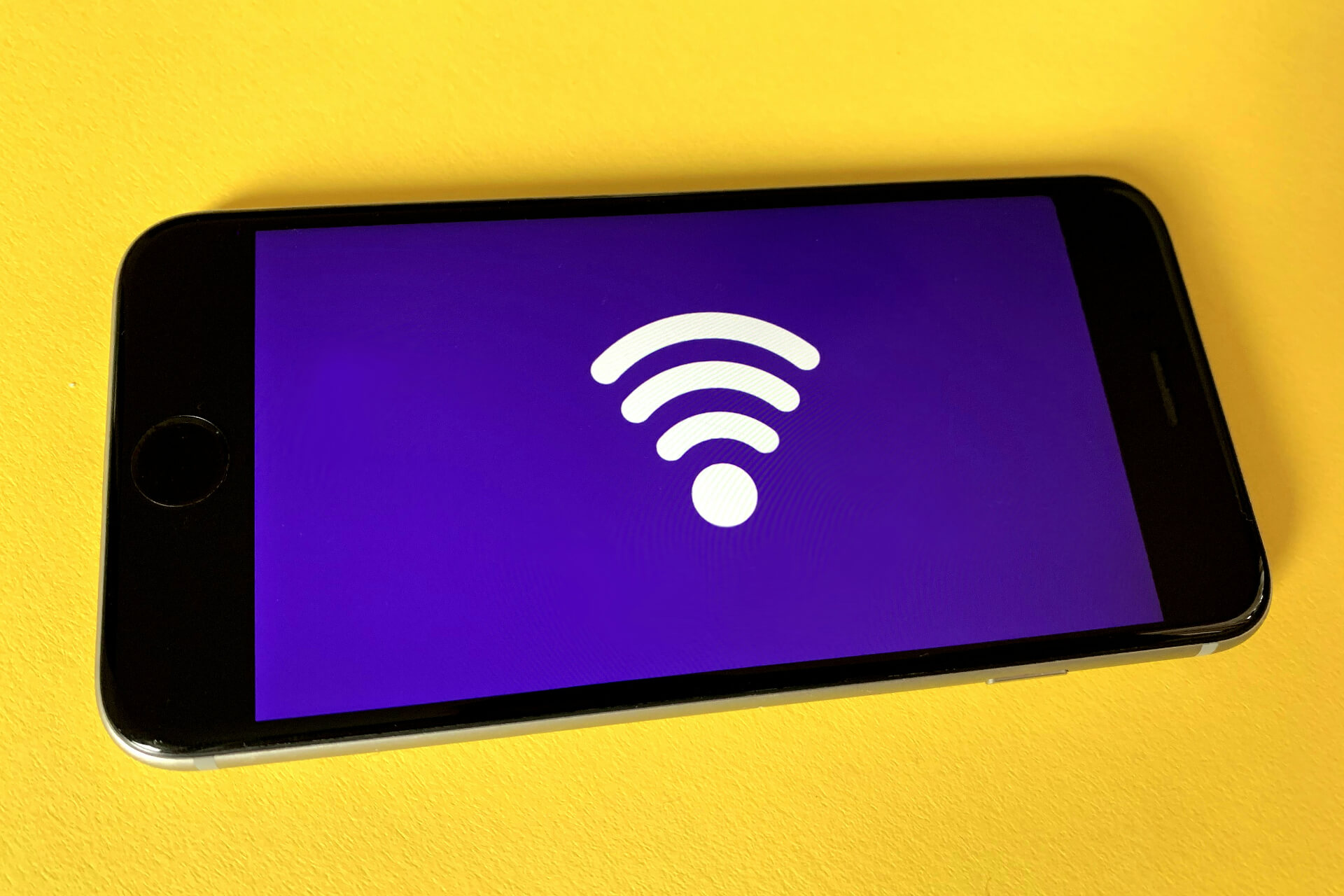
The Most Iconic Windows Updates Through the Ages
March 14, 2023 - Lou Farrell
Revolutionized is reader-supported. When you buy through links on our site, we may earn an affiliate commission. Learn more here.
Windows updates over the years have been met with praise and disdain alike. A few versions of the most popular OS in the world have even become design icons. Windows has long led the way in the operating system industry. Here’s a look at the five most iconic Windows updates ever released and the impact they had on the OS.
1. Windows 1 (1985)
The Windows operating system first entered the world as Windows 1.0, released in 1985. This first iteration of Windows was designed for DOS computers. It gave DOS a UI overhaul and included a suite of features and programs. Users could do basic word processing, play a simple game called Reversi and do math calculations. Microsoft Paint was even included!
Like all Windows updates over the years, Windows 1 was limited by the hardware of its time. DOS computers and early PCs had very little computing power. Graphics, user interfaces and programs had to be able to run on a few kilobytes of memory, if that.
However, Windows 1.0 was Microsoft’s first step into the crowded operating system market of the 80s. It was the world’s first introduction to the operating system that would be the most popular on the market one day.
2. Windows 95/98 (1995/1998)
One of the most iconic Windows updates of all time is Windows 95 and its similar sequel Windows 98. The Windows updates of the 90s have a design style that has become a staple of the retro aesthetic. Many millennials grew up using these two operating systems.
When Windows 95 was released, personal computers were becoming more common and more functional. Microsoft designed Windows 95 to fully replace DOS, although it was still compatible for ease of use. PCs in the 90s could have up to 16 MB of RAM and were capable of handling more complex graphics than computers of the 90s. Windows 95 brought that capability to the masses.
Windows 95 and 98 also gave the PC gaming industry a boost. Many gamers at the time were still playing on DOS, which hadn’t changed much since the 80s. Windows 95 and 98 offered better graphics and audio performance. Even decades later, Windows is still the most popular operating system for video games.
3. Windows XP (2001)
Released in 2001, Windows XP was the dawn of the modern age of the Windows operating system. XP featured a more modern design style and graphics that weren’t pixelated. It could run Internet Explorer, the most popular web browser of its time. XP also introduced updated versions of the Microsoft Office suite. It could run
Over 20 years after its release, some people are still using Windows XP, which speaks to the popularity of the OS. It’s one of the oldest Windows updates still in use in the 2020s. Most of the PCs running Windows XP today are older devices that can’t update to more recent versions.
For instance, many government agencies are slow to update their tech and stick with old operating systems like Windows XP for decades. Hospitals and industrial businesses also still use Windows XP today. It is worth noting, however, that Windows XP is no longer receiving security updates, so upgrading to a more recent OS is a good idea if possible.
Interestingly, Windows XP came out at the same time as another tech icon: the iPod. Steve Jobs announced the original iPod in October 2001, the same month the retail version of Windows XP was released.
4. Windows 7 (2007)
Windows 7 brought many upgrades from Windows XP. There were Windows updates between these two versions, specifically the infamous Windows Vista. However, Vista was not well-received at the time and experienced minimal adoption. Windows 7 was a huge success, though. It remained the standard OS for millions of people until Windows 10 was released.
Windows 7 brought many design changes that can still be seen in Windows 10. For example, the toolbar became transparent, with small cube-like icons for open windows. The user interface got a polished, transparent design, as well.
PC gaming also boomed on Windows 7 with its sharper graphics and faster performance. In fact, Windows 7 is still supported for many video games, such as DOTA 2, League of Legends, and World of Warcraft.
5. Windows 10 (2015)
Windows 10 is one of the most popular operating systems of all time. It is the mostly widely used Windows update today, even after the release of Windows 11 in 2021. Millions of people all over the world use Windows 10 everyday. It is the standard all-purpose OS, excellent for everything from word processing to 4K gaming.
Part of what made Windows 10 so widely adopted when it was released was the price. All Windows 7, 8, and 8.1 users were offered a free upgrade to Windows 10, which could run on virtually all the same devices.
In terms of design, Windows 10 brought several big changes. Microsoft overhauled the start menu, switching to the polished tiles format. Users also got the additional login options of fingerprint or facial recognition. The toolbar got a sleek redesign, as well, with added features like a built-in search bar and optional news and weather updates.
Windows Updates Through the Ages
Windows is the most popular operating system in the world, a staple of computing since the 1980s. Over a billion devices are running this OS today. The fact that millions of people are still using Windows updates from 10 or 20 years ago is a testament to the high quality of the operating system through the ages. Almost 40 years after its first release, it’s hard to imagine a world without the Windows operating system.
Revolutionized is reader-supported. When you buy through links on our site, we may earn an affiliate commission. Learn more here.
Author
Lou Farrell
Lou Farrell, Senior Editor, is a science and technology writer at Revolutionized, specializing in technological advancements and the impacts on the environment from new developments in the industry. He loves almost nothing more than writing, and enthusiastically tackles each new challenge in this ever-changing world. If not writing, he enjoys unwinding with some casual gaming, or a good sci-fi or fantasy novel.







